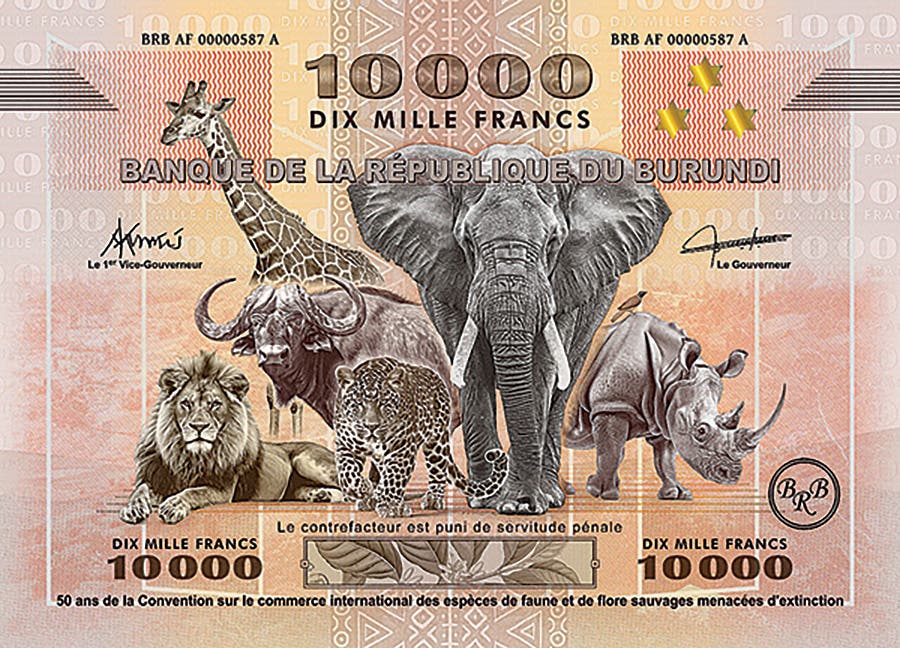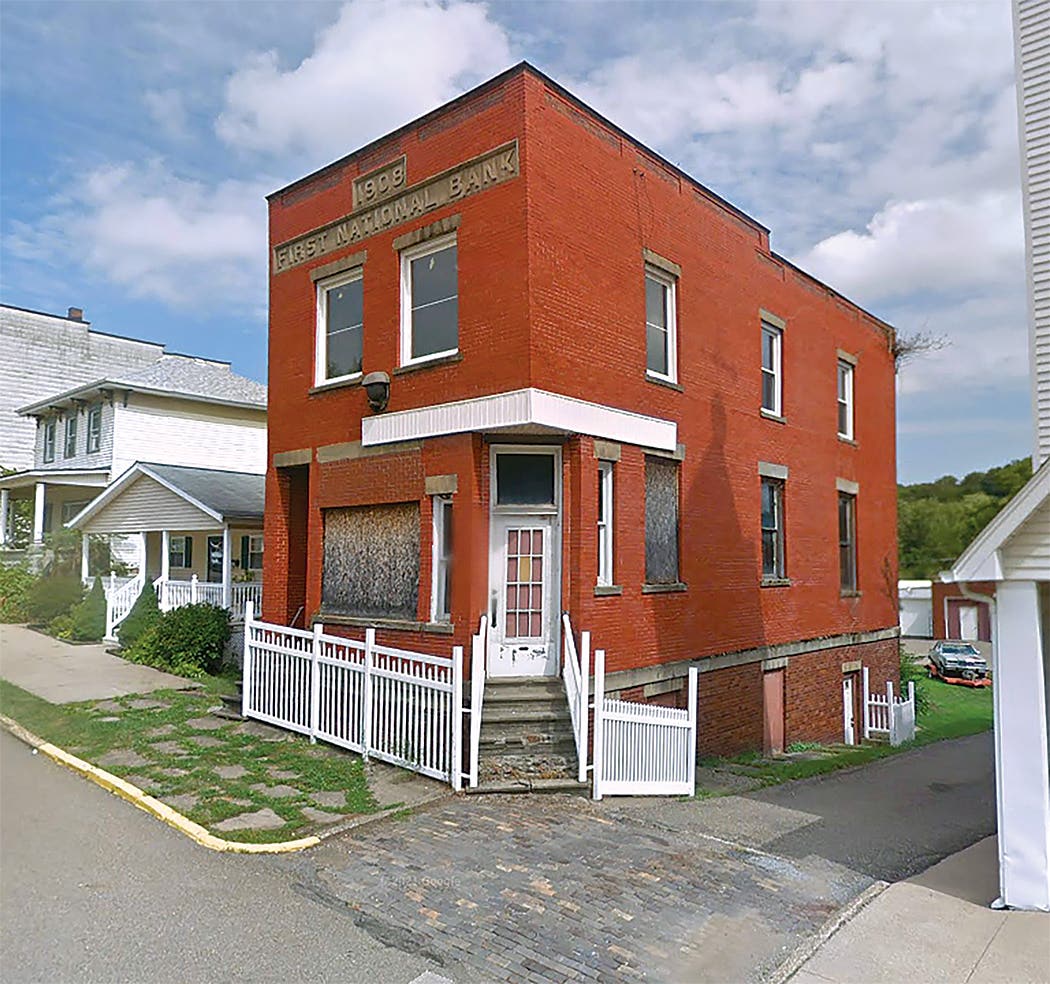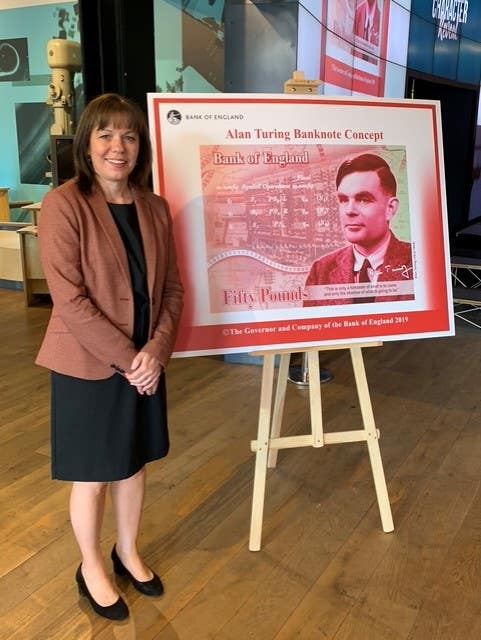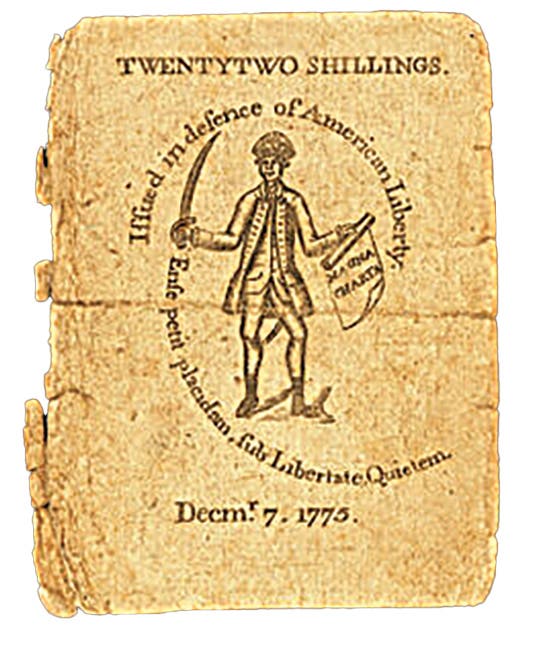National Notes from Mars
Approximately 35 million miles from the planet Mars, Mars, Pennsylvania, is located in southern Butler County, just north of State Route 228 on the Mars-Evans City Road.
Recently, I received an email from Bank Note Reporter reader Dave Maihle, who asked me to do an article on his hometown, the uniquely named Mars, Penn. I was intrigued, so I decided to investigate the town and its banking history. Mars is located in western Pennsylvania, in southern Butler County, just north of State Route 228 on the Mars-Evans City Road. It is 18 miles north of Pittsburgh and 15 miles south of Butler. Mars is situated 55 miles southwest of Venus (Penn.), 1,875 miles northeast of Mercury (Nev.), and 925 miles north of Jupiter (Fla.). It is approximately 35 million miles from the planet Mars, at the point of closest approach.
In 1798, Isaac Covert purchased one hundred acres on which he built a log cabin and later accumulated a total of 400 acres. Several farmers had purchased land in what was known as Breakneck Valley. Two men, Matthew Parks (1825) and Thomas Kennedy (1828), built water-powered grist mills on Breakneck Creek. Farmers from the area came to one of these mills to have feed ground for their cattle.
Frank Johnson, realizing that most farmers came to this valley to have their feed ground, bought a tract of land from Thomas Kennedy and built a general store in 1862 between the grist mills and the crossroad. It was located east of the railroad tracks, which later came through the town. Other men, seeing the advantage of having a business in this locality, built in this area. Among them were James Irvine and William Cresswell, – Livery Stable, T.M. Marshall – General Store, and W.J. Gilleland – Store.
The borough of Mars, Penn., was founded when Samuel Parks, son of Matthew Parks, constructed a home and a water-powered gristmill along Breakneck Creek. Parks then decided to have a post office placed in his home, so he received help from his friend, Samuel Marshall, to help establish it. The name became Mars. No one is sure how the name “Mars” came into being. Some say it was Parks’ wife who enjoyed astronomy, or it was shortened from Samuel Marshall’s name. Mail was brought by stagecoach to Wexford, where Albert Parks, son of Samuel Parks, traveled to pick it up once each week. The trip was made by horseback each Saturday, and the boy received 8 dollars yearly for his service.
In 1877 Pittsburgh, New Castle, and Lake Erie Railroad organized to build a railroad through Butler County. As the railroad was to come through Samuel Kennedy's farm, he inserted into the right-of-way agreement that a stop must be placed on his farm, and all passenger trains must stop being flagged. The stop was named Overbrook, as it was close to a brook. However, the name of the railroad stop conflicted with the name of the post office, so that mail for Mars was delivered to the Overbrook stop. This was confusing to trainmen, and an agreement between the railroad and the postal authorities decided on the name Mars, as there was another Overbrook post office in Pennsylvania. On March 6, 1895, Mars was incorporated as a borough.
On Oct. 16, 1900, the Mars National Bank received charter #5599 and opened for business in the Ziegler building, which also housed Ziegler Hardware. The first president was S.J. Irvine. He was succeeded in 1923 by Chris Gelbach. Later presidents whose names appeared on national currency were E.P. Sutton and W.J. Sutton. It was the only national bank in the valley and served farmers in that rural district. Surprisingly, it has never closed nor merged and still operates today as Mars Bank, with several branches in the counties north of Pittsburgh. There is a certain consumer appeal to having your checks drawn on the Mars Bank!
As a national currency issuing bank, a veritable potpourri of Series of 1882, 1902, and 1929 notes with a total circulation of over $800,000, with $38,800 outstanding in 1935. Currently, nine large and 22 small notes are reported—though given the intriguing title and the fact that the bank is still in operation, I would expect more notes to be out there. I have included photos of both large and small notes from this bank.
The bank operated out of the Ziegler Building for several decades until a new lot was purchased and a new building was constructed. It was designed by Richard Irvin, a Pittsburgh architect, and dedicated in 1926.
I visited Mars on a sunny Sunday and was delighted to find many period buildings intact and well-preserved. The Mars National Bank building was easily located at the corner of Grand Avenue and Marshall Way. The building was constructed between 1925 and 1926 and has not really changed since, except for a slight expansion on the Grand Avenue side added in 1947. Directly across Marshall Way from the bank is the historic 1897 Zeigler Block, the bank’s original home, which now houses Pfeiffer True Value Hardware, the successor to Ziegler Hardware.
Mars also boasts its place in Roadside Americana with the Mars spaceship in Grand Avenue Park. Although diminutive, this little novelty seems to attract a lot of visitors. On posts next to the spaceship is the word “peace” inscribed in different languages. I have included a photo of this roadside attraction; the large structure visible behind the spaceship is the 1903 Peters Block, another period building in town. Mars today is the hometown of around 1,700; the high school sports teams are called the Planets.
Readers may address questions or comments about this article or national bank notes in general to Mark Hotz directly by email at markbhotz@gmail.com.








